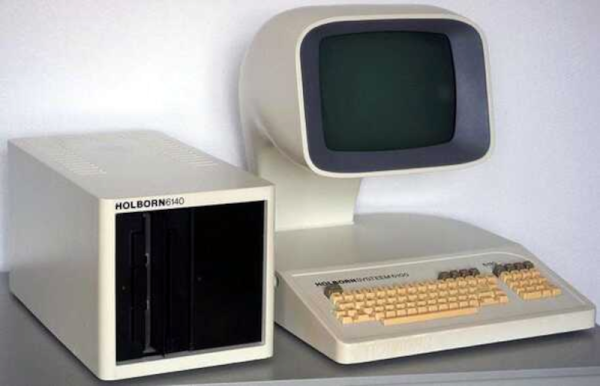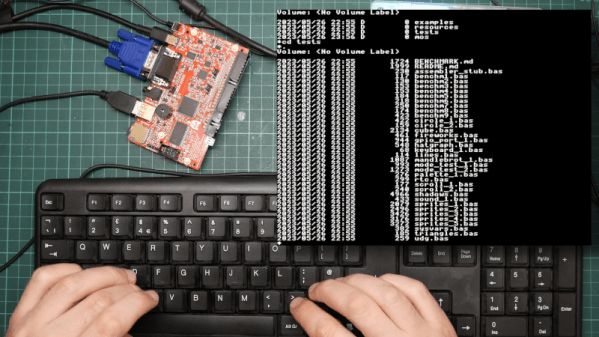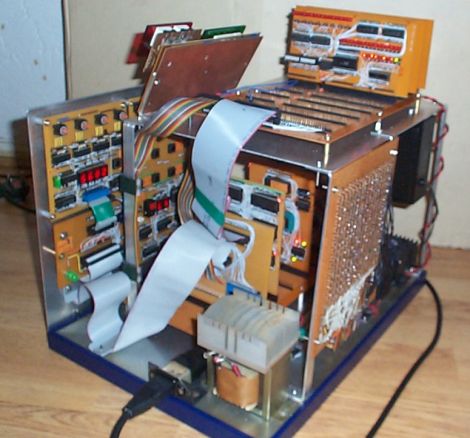Ever heard of a Dutch company called Holborn (literally, born in Holland)? We hadn’t either, but [Bryan Lunduke] showed us these computers from the early 1980s, and we wondered if they might have appeared in some science fiction movies. They definitely look like something from a 1970s movie space station.
The company started out tiny and only lasted a few years. The Holborn 9100 looked like a minicomputer and, honestly, other than the terminal, looks more like an air conditioner or refrigerator. While it was a Z-80 system, it was clearly aimed at business. The processor ran at 3.5 MHz, there was 72K of RAM that could expand to 220 K — a whopping amount for the early ’80s. They also could accept loads of 8-inch floppies. It even had a light pen, which seems exotic today but was actually fairly common back then.
















